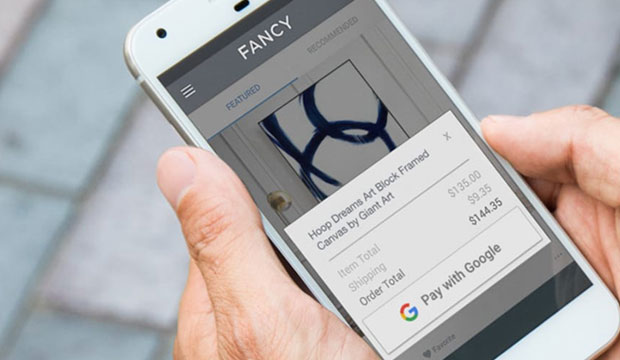The time for CEX is now.
The time for CEX is now. https://csuiteold.c-suitenetwork.com/wp-content/themes/c-suitenetwork/images/empty/thumbnail.jpg 150 150 C-Suite Network https://csuiteold.c-suitenetwork.com/wp-content/themes/c-suitenetwork/images/empty/thumbnail.jpg
There is no denying it, the world has been in a state of disruption throughout 2020. The global COVID-19 pandemic has changed the way the way we work, live and play in the short term and many predict the long term.
Regardless of COVID-19 and its impacts to our routines, the one constant throughout history is the power of customer and employee experience. In 1994 as a 14-year-old entrepreneur I said that I would not, could not compete on price but I could compete and win on the level of service I provided.
While my clarity around the difference between customer service and customer experience has depended since, one thing is for sure ‘customer and employee experience’ is only growing in importance and will continue to do so.
So now, as we navigate what the post COVID-19 world looks like, it is the perfect time to refocus and energize our commitment to improving the lives of customers and employees.
Let us start today by answering three questions, I’ll phrase them in the context of your customers, but they apply equally to your employees.
My first question for you – What is your customer promise?
The Ritz-Carlton provides absolute clarity in what they promise to their guests, it is their credo and forms part of what they call the gold standards.
Your customer promise becomes the north star for your Team, it should be easy to understand so they can live it every day. It also forms a powerful coaching tool. For example, if your promise is to provide genuine care and comfort, the coaching question becomes – “…is this action going to provide genuine care and comfort?”
Now you have your promise, what are the key actions that should be delivered every time?
Here we are talking about the three to five actions that are the bedrocks, the cornerstones of the experience your company wants to be famous for – these actions enable the delivery of your customer promise.
I recommend looking at your customer feedback and engaging with your frontline customer service teams. Explore the data and validate through the lived experiences of your Team.
The three to five areas that consistently delight your customers are usually the areas to go ‘all-in’ on, especially if these areas positively differentiate you from your core competitors.
A company passionately living this approach is Starbucks. Embedded in the way they work is the value to ‘Create new ideas based on customer feedback’ – this leads us to the final question.
Finally, how will you measure your customers experience?
Here I encourage you not to get caught up in the score. Net Promoter Score, Customer Effort Score, Customer Satisfaction or any other metric – they have their place, but first and foremost the most valuable tool in customer feedback is the verbatim comments left by customers.
Sharing customer stories with your team, every team member from the most junior to the most senior team member, is the key to embedding a culture focused on customers – as opposed to people chasing a score.
Answering the above questions is the easy part, embedding the answers to the questions as a way of operating is the challenging work.
If you have got this far, I assume you believe in the importance of Customer and Employee Experience but if you aren’t convinced look at the research by Gallup, Forrester and others – you, your team and your business will be more successful and more profitable if you double down on the experience it delivers.
Now is the time to focus on the quality of your CEX (Customer and Employee Experience)
This post submitted by author Jason Bradshaw. You can find his latest book, It’s All About CEX! The Essential Guide to Customer, over on C-Suite Book Club





